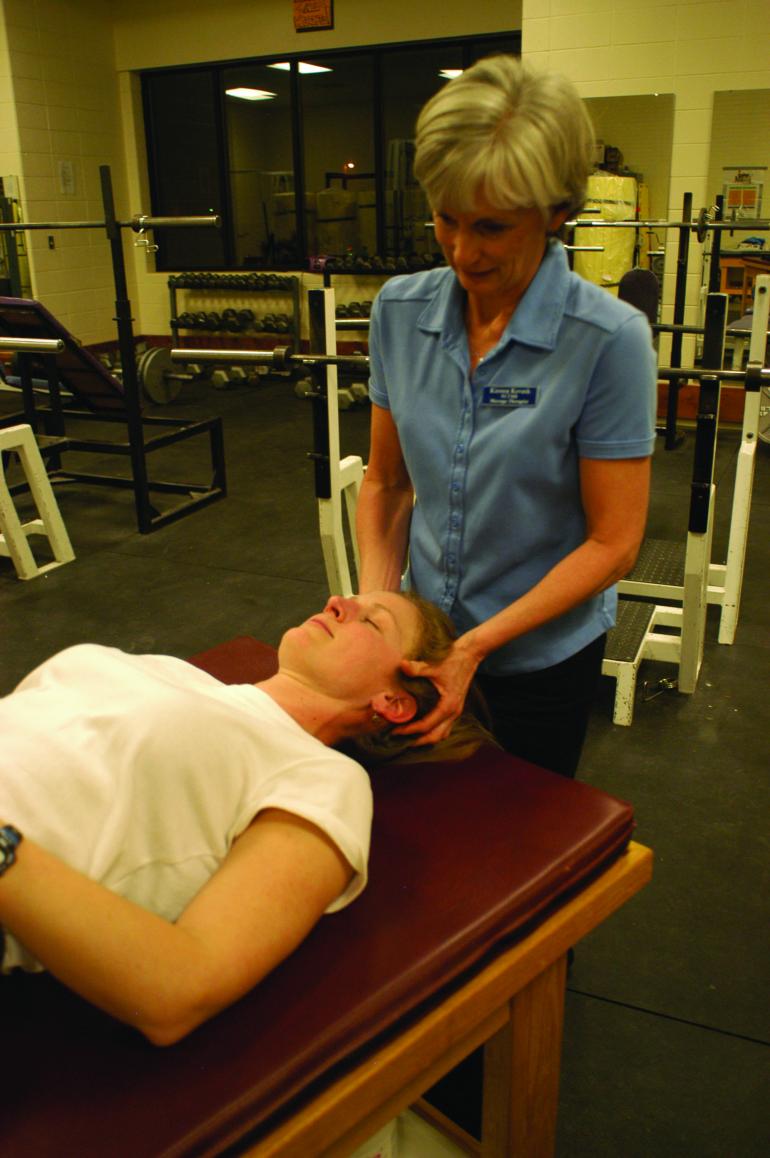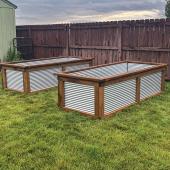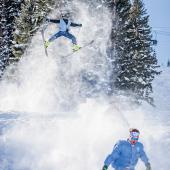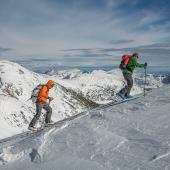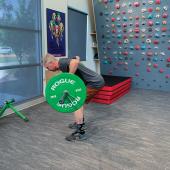Sports vs. Spa
When you think of massage, what comes to mind? It may simply be relaxation, or you may expect a more clinical experience. You may want to work out the knots, release the tension in your lower back, or get rid of a headache. The good news is, no matter what your expectations, there is a massage and a therapist out there that can help.
The traditional spa massage is based on the Swedish technique of light to moderate pressure with a blend of long, flowing, nonspecific strokes. Among some therapists, this is referred to as a “fluff and buff.” The main purpose of the massage is to bring you to a comfortable, relaxed state of mind and take you away from your everyday stresses. The physical benefits include reducing blood pressure while increasing circulation and lymph flow. Swedish massage often incorporates soft lighting or candles, soothing music, aromatherapy, and perhaps even hot-stone therapy. But sports massage is a much different experience, and every sports massage has a specific goal.
The three most common types of sports massages are deep tissue, which is commonly used for injury management; pre-event massage, which is used to warm-up the muscles and loosen the joints; and post-event massage, which helps with muscle flushing.
Deep Tissue
A deep-tissue massage takes place 72 hours or more before an event and focuses on troubled areas or injury sites. Techniques such as trigger point (pressing on and releasing a “knot” in a muscle), myofascial release (skin rolling and stretching or spreading of connective tissue to release adhesions), stripping, deep compression, and deep friction are used. Both passive and active stretching are incorporated for maximum flexibility. A 60- to 90-minute session allows the therapist enough time to focus on any injuries and prepare the muscles and joints for the upcoming event.
Pre-Event
Massages that occur less than 72 hours before an event are considered pre-event massages. The most effective pre-event massage occurs 60-90 minutes before the event. This massage is much lighter in pressure and is quite vigorous, non-relaxing, and faster than a deep-tissue massage. Tapotement (karate chops), jostling/rocking, compression, and passive stretching are a part of this massage. It lasts 15-30 minutes, and the client remains fully clothed during the treatment. This massage is designed to warm up and energize the athlete while preparing the muscles for the event.
Post-Event
Post-event massage also has very specific goals. This massage is designed to reduce Delayed Onset Muscle Soreness (DOMS), increase lymphatic flow, and flush the muscles of toxins and acid buildup. Post-event massage helps relieve muscle tension and cramping. Most important, it reduces recovery time and increases endurance for the next event. It has a much slower pace and is more relaxing than pre-event massage. Light compressions and rocking are also incorporated. If there is any swelling, the athlete is encouraged to use RICE (rest, ice, compress, and elevate) up to 48 hours after the event. The most opportune time to receive this massage is 15-20 minutes after the event, but it can be done up to six hours later. This massage lasts 15-30 minutes.
As there are innumerable reasons to schedule a massage, it is important to keep your specific health and sports goals in mind as you schedule your treatments. Talk to your therapist about whether you need specific work done because of chronic pain or injuries or whether you intend to relax for an hour or two.
Renée Stinson owns Raydient Massage. Feel free to contact her at 586-0700 with questions or to schedule a treatment.
That Hurts! Quick-Fix Massage Treatment for Home Use
If you've got a specific sore spot, here are some professional techniques for you and your massage partner to try out.
Hamstrings
Do Tapotement: quick karate chops starting from the knee and moving up the hammies and over the bum. This should be done with a quick pace and a consistent, moderate pressure.
Quads
Strip ‘em. Using a bit of lotion or oil in the heel of the hand, start at the knee and work up the quad. Use direct, consistent pressure all the way to the hip bone.
Lower Back
Do a bit of trigger point. Go to the belly of the muscle or the attachment point and apply direct pressure. Ask for feedback telling you when or where he feels referred pain and where the actual knot is.
Shoulders
Engage in a range of motion; do active and passive stretching.
Use superficial friction all over on each of these injuries. Then rub hands on the skin, back and forth quickly so the tissue is heated, thereby softening and relaxing it.
—Renée Stinson

